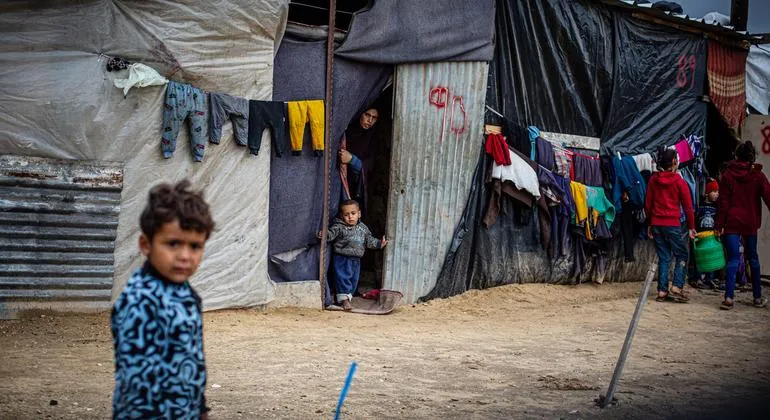Little noticed in the Western media is that Hamas actually did offer a huge concession on May 6, agreeing to Israel’s demand to remove “permanent ceasefire” from the agreement and allow the term “sustainable calm” to take its place. This certainly fits within Israel’s insistence that, after it gets its hostages back, it can renew its war on Gaza.
An analysis by the Times of Israel of the Hamas agreement itself, along with details provided by Hamas officials and by an Israeli official briefed on the talks, does not leave a flattering picture of Israel’s decision to reject the offer and begin bombing Rafah. TOI noted from the Israeli source that Israel knew that Hamas had made the concession “in order to take discussion of a ‘permanent ceasefire’ off the table.” However, that didn’t trigger any move by Israel towards the middle. TOI wrote: “Significantly, Hamas said on Monday night [May 6] that it regards itself as having accepted terms for an end to the war.” Both “the Israeli-backed text and the Hamas response refer to restoring ‘sustainable calm.’” Then TOI cites the deal-killer for the Netanyahu administration: “In the introductory paragraph, however, the Hamas text says the ‘framework agreement aims for … a return to sustainable calm in a way that achieves a permanent ceasefire.’” Stating, by way of an introductory paragraph, that such a return should be viewed as a step toward the end to the war was met with scorn and bombs.
Otherwise, of some note, TOI reports that the agreement, in part, read: “Starting from the first day, the entry of intensive and sufficient quantities of humanitarian aid, relief materials, and fuel (600 trucks per day, including 50 fuel trucks, of which 300 are for the north), including the fuel necessary for operating the power plant, trade, and equipment needed for rubble removal, rehabilitation and operation of hospitals, health centers and bakeries in all areas of the Gaza Strip, and the continuation of this in all stages of the agreement…. The temporary cessation of mutual military operations, relief, providing shelter, withdrawal of forces, etc., will continue in the second phase until a sustainable calm (cessation of military and hostile operations) is declared.”




